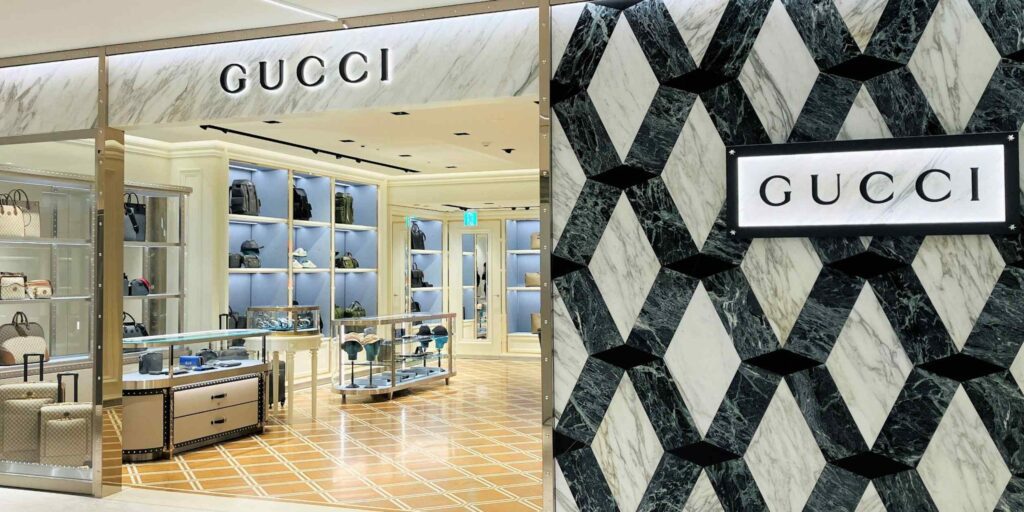TOKYO — Amid global gloom over LVMH, Kering and other luxury brand groups, Japan is a bright spot. The main reason is Chinese tourists taking advantage of the weak yen.
A 30-year-old Chinese woman named Snow bought a bag and two accessories this month at a Gucci shop in the Matsuya department store in Ginza, Tokyo. The total cost was approximately 520,000 yen ($3,390).
It was Snow’s first visit to Japan with her boyfriend, but they did not do any sightseeing during their seven-day stay in Tokyo.
advertisement
She wasn’t the only one who increased her purchasing power.
A 22-year-old Chinese man who visited Japan in June said, “Thanks to the weaker yen, shopping became much cheaper.” “A Bvlgari necklace that costs 368,000 yen in mainland China can be bought for 300,000 yen in Japan.”
The man said, “The clothes I bought for 80,000 yen when I visited Japan in 2018 were 5,000 yuan at the time, but now they cost 4,000 yuan.”
Japan’s influence could be felt in the luxury goods group’s results for the quarter ending June.
Burberry reported this month that same-store sales, excluding currency effects, were down 21% year-on-year. Asia Pacific, the UK-based group’s highest revenue region, fell by 23%.
Sales slowed in China, Burberry’s biggest market. The only increase was in Japan, where sales rose 6%. Burberry said demand from local Japanese residents remained weak, but was supported by strong tourism spending from Asia, particularly China.
So was LVMH Moët Hennessy Louis Vuitton. Sales in Asia excluding Japan (including China) continued to decline. Parent company Louis Vuitton has experienced double-digit growth only in Japan, which the company attributes to shopping by Chinese customers.
China’s economy has lost momentum and spending on luxury goods has declined. However, designer brands remain popular with Chinese consumers, and some are joining the growing number of foreign tourists visiting Japan.
According to the Japan National Tourism Organization, approximately 17.8 million people visited Japan from January to June, setting a record for the first half of the year. The top place of origin was South Korea, followed by China, Taiwan, and the United States.According to the Japan Tourism Agency, the amount spent by foreign visitors to Japan in the April-June period was 2.14 trillion yen, the highest ever for a quarter.
Major department stores benefit from tourists shopping for luxury goods. Sales at Isetan Mitsukoshi Holdings’ three flagship stores in Tokyo, including the Isetan Shinjuku store, increased by 20.2% from July 1 to 15 compared to the same period last year. Sales of designer bags and wallets were strong, and sales at duty-free stores doubled compared to the previous year. Daimaru Matsuzakaya Department Store, a group company of J. Front Retailing, saw a 21.9% increase in duty-free sales during the same period.
According to data from the Japan Department Stores Association, department stores’ tax-free sales in fiscal 2023 amounted to 428.2 billion yen, nearly three times the amount from the previous year. This is the first time since October 2014 that it has exceeded 400 billion yen in a single year.
Correction: The third paragraph of this article has been corrected to indicate that Snow and her boyfriend were visiting Japan, not China.


